Search
What are you looking for?

Swiss CNC machining is a specialized form of precision machining that is well-suited for the production of small, complex, and high-precision parts. The following guide provides an overview of Swiss CNC machining, its key features, advantages, and considerations:
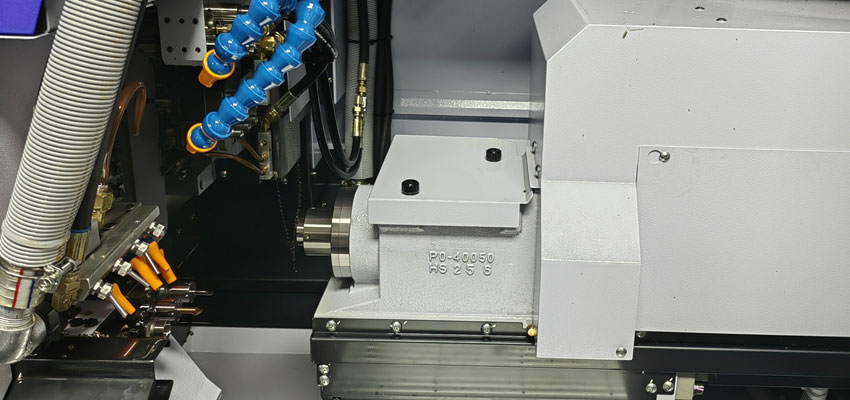
1. Principles of Swiss CNC Machining:
a. Sliding Headstock Design:
The workpiece is held in a collet and the machining tool is mounted on a sliding headstock.
This design allows for precise machining of long, slender parts.
b. Guide Bushing:
Swiss machines often incorporate a guide bushing to support the workpiece during machining.
The guide bushing minimizes deflection, especially in long, slender parts.
c. Automatic Bar Feeding:
Swiss CNC machines are equipped with automatic bar feeders for continuous machining of long bars of raw material. This feature reduces downtime for material reloading.
d. Simultaneous Machining:
Swiss CNC machines can perform multiple machining operations simultaneously, including turning, milling, drilling, and threading. Simultaneous machining reduces cycle times and enhances efficiency.
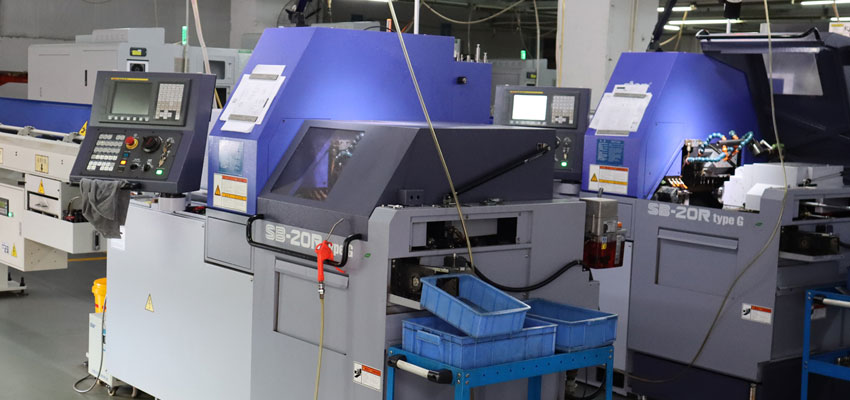
2. Key Advantages of Swiss CNC Machining:
a. High Precision:
Swiss CNC machining is known for its high precision, allowing for the production of parts with tight tolerances and intricate geometries.
b. Efficiency in Small Parts Production:
Particularly efficient for small and complex parts where high precision is crucial.
c. Reduced Material Waste:
Automatic bar feeding minimizes material waste as the machine works with continuous bars.
d. Versatility:
While initially developed for watchmaking, Swiss CNC machining has found applications in various industries, showcasing its versatility.
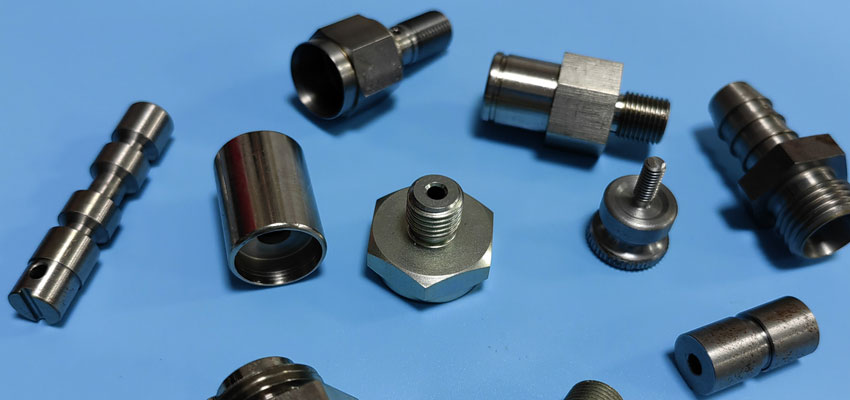
3. Considerations for Swiss CNC Machining:
a. Material Selection:
Consider the material properties, such as hardness and machinability, when choosing materials for Swiss CNC machining.
b. Tooling and Tool Changes:
Efficient tooling is crucial. Consider the tooling setup and the ease of tool changes to minimize downtime.
c. Programming:
Precision in programming is essential. CAD/CAM software is often used for accurate part design and CNC program generation.
d. Quality Control:
Implement thorough quality control measures to ensure that parts meet the specified tolerances and quality standards.
4. Future Trends and Innovations:
a. Advancements in Automation:
Continued advancements in automation, including robotic systems integrated with Swiss CNC machines.
b. Improved Tooling and Materials:
Ongoing developments in tooling technology and the use of advanced materials for better performance.
c. Integration of Industry 4.0:
Integration of Industry 4.0 concepts, such as data monitoring and connectivity, for improved efficiency and production control.
Swiss CNC machining continues to evolve, driven by technological advancements and the demand for high-precision components across various industries. Staying informed about the latest trends and technologies is essential for businesses utilizing or considering Swiss CNC machining for their manufacturing needs.
A. Brief Overview of Swiss CNC Machining:
Swiss CNC Machining, also known as Swiss turning or Swiss screw machining, is a specialized form of precision machining that is particularly well-suited for the production of small, complex, and high-precision parts. The Swiss CNC machining process derives its name from Swiss watchmakers who initially developed and utilized this technology to manufacture intricate watch components.
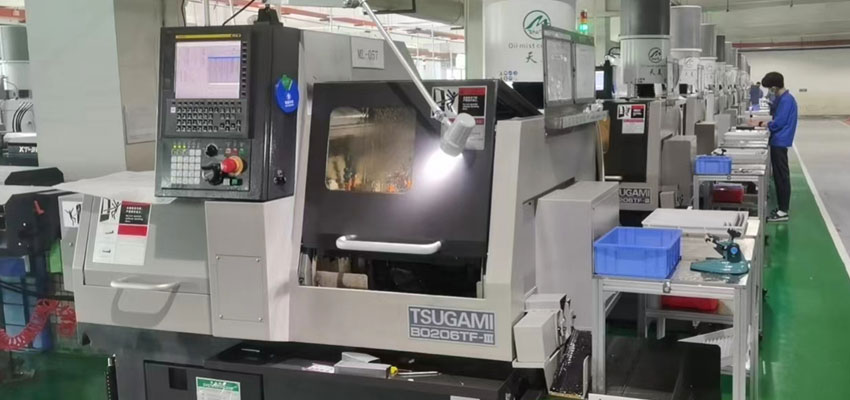
Key features of Swiss CNC Machining include:
1. Sliding Headstock Design: In Swiss CNC machines, the workpiece is held in a collet and the machining tool is mounted on a sliding headstock. This design allows for precise and efficient machining of long, slender parts.
2. Guide Bushing: Swiss machines often incorporate a guide bushing, which provides support for the workpiece as it is being machined. This is particularly beneficial for machining long and slender parts with high aspect ratios.
3. Simultaneous Machining: Swiss CNC machines can perform multiple machining operations simultaneously, including turning, milling, drilling, and threading. This capability reduces cycle times and enhances efficiency.
4. High Precision: Swiss CNC machining is known for its high level of precision, allowing for the production of swiss screw machine parts with tight tolerances and intricate geometries.
5. Automatic Bar Feeding: Swiss machines are equipped with automatic bar feeders that allow for continuous machining of long bars of raw material, minimizing downtime for material reloading.
6. Versatility: While initially developed for watchmaking, Swiss CNC machining has found applications in various industries beyond horology, including medical, aerospace, electronics, and automotive.
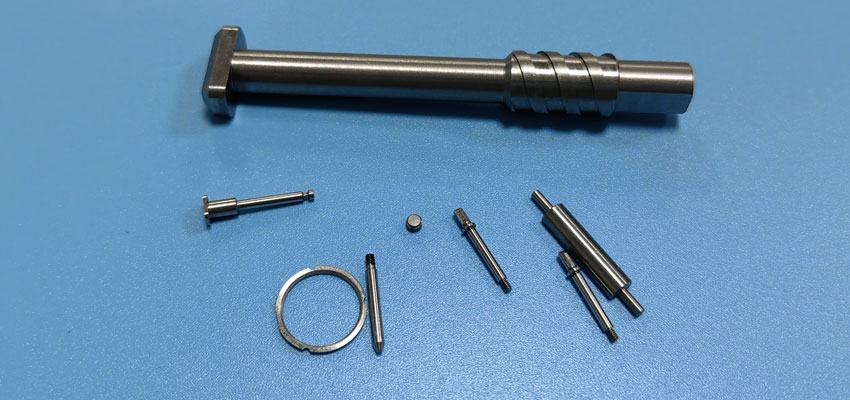
B. Importance of Swiss CNC Machining in Various Industries:
1. Medical Industry:
Swiss CNC machining is widely used in the production of small, high-precision medical components, such as surgical instruments, dental implants, and orthopedic implants.
2. Aerospace Industry:
The aerospace sector benefits from Swiss CNC machining for the manufacturing of complex and lightweight components, such as aerospace connectors, fasteners, and critical parts for avionics.
3. Electronics Industry:
In the electronics industry, Swiss CNC machining is employed to produce miniature components for electronic devices, connectors, and other precision parts used in consumer electronics.
4. Automotive Industry:
Swiss CNC machining is utilized for the production of small, intricate automotive components, including fuel injectors, sensor housings, and precision gears.
5. Watchmaking and Jewelry:
The technique's origins lie in watchmaking, and Swiss CNC machining continues to play a crucial role in the production of intricate watch components and precision parts for the jewelry industry.
6. General Manufacturing:
Swiss CNC machining is valued for its ability to efficiently produce high-precision, small parts across a range of industries, making it a versatile solution for various manufacturing needs.
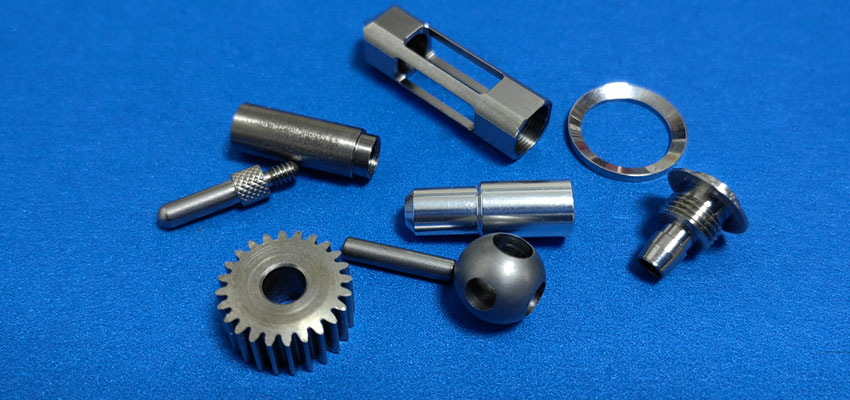
In summary, Swiss CNC machining is a specialized and highly precise manufacturing process that has broad applications in industries that require small, intricate, and high-tolerance components. Its efficiency, precision, and ability to handle complex geometries make it a valuable technology in modern manufacturing.
Swiss CNC machines, also known as Swiss turning machines or Swiss lathes, operate based on a unique design that allows for the precise and efficient machining of small, complex, and high-precision parts. Here is an overview of how Swiss machines work:
1. Sliding Headstock Design:
Swiss machines feature a sliding headstock design. The workpiece is held in a collet and is mounted on a headstock that can slide along the Z-axis (lengthwise movement). This design is crucial for machining long, slender parts with high precision.
2. Guide Bushing:
Many Swiss machines incorporate a guide bushing located near the tooling area. The guide bushing provides support for the workpiece, especially for long and slender parts. It helps minimize deflection and ensures precise machining.
3. Automatic Bar Feeding:
Swiss CNC machines are equipped with automatic bar feeders. Raw material, usually in the form of a long bar, is loaded into the machine. The automatic bar feeder continuously feeds the material into the machine, allowing for uninterrupted machining.
4. Tooling Setup:
Swiss machines have a tooling setup that includes various cutting tools and attachments. These tools are mounted on tool slides, allowing for the simultaneous machining of the workpiece using multiple tools.
5. Simultaneous Machining:
One of the key features of Swiss machines is their ability to perform multiple machining operations simultaneously. The combination of sliding headstock and guide bushing, along with the use of multiple tools, enables operations such as turning, milling, drilling, and threading to be carried out concurrently.
6. Z-Axis Movement:
The sliding headstock moves along the Z-axis, allowing for the machining of the workpiece's length. This movement, along with the rotation of the workpiece, enables turning operations.
7. Tool Movement:
Tools are mounted on tool slides that move along the X-axis (radial movement) and Y-axis (axial movement). This movement, along with the rotation of the workpiece, enables the tools to shape and form the workpiece.
8. Material Removal:
As the workpiece rotates and the tools move in multiple axes, material is removed from the workpiece to create the desired shape, features, and dimensions. The combination of precision movements and tooling allows for high-accuracy machining.
9. Quality Control:
Swiss machines often incorporate sensors and monitoring systems to ensure quality control. These systems may check dimensions, tool wear, and other factors in real-time to maintain the desired precision.
10. Finished Part:
After the machining process is complete, the finished part is ejected from the machine. The continuous bar feeding system allows for the machining of multiple parts in sequence.
11. Material Optimization:
Swiss machines are designed to minimize material waste. By using a continuous bar of raw material, the need for additional material handling and waste reduction is optimized.
Swiss CNC machines are highly specialized and efficient for producing intricate and small components with tight tolerances. Their design and capabilities make them particularly well-suited for industries such as medical, aerospace, electronics, and automotive where high precision is crucial.
Swiss machining and traditional machining represent two different approaches to precision machining, each with its own set of advantages and applications. Here's a comparison between Swiss machining and traditional machining:
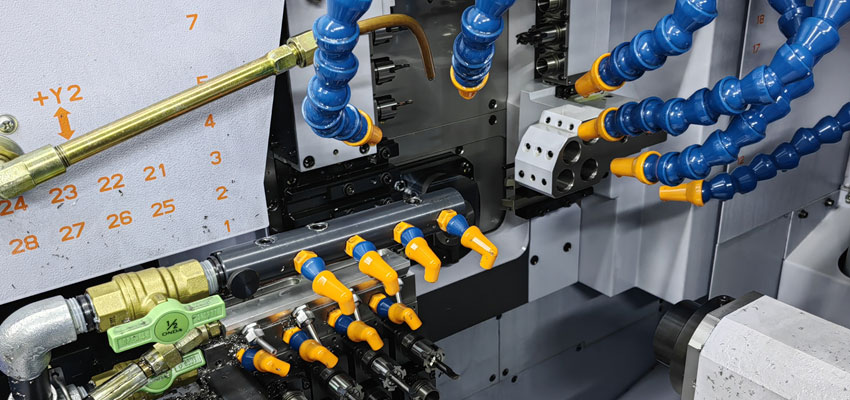
Swiss Machining:
1. Design and Structure: Swiss machines are specifically designed for the production of small, intricate, and high-precision parts, especially those with long, slender geometries.
2. Sliding Headstock: Swiss machines feature a sliding headstock design, allowing for precise machining of the workpiece.
3. Material Feeding: Automatic Bar Feeding: Swiss machining often involves the use of automatic bar feeders, allowing for continuous machining of long bars of raw material. This minimizes material waste and reduces downtime for reloading.
4. Tooling and Simultaneous Machining: Multiple Tools: Swiss machines can use multiple tools simultaneously, performing operations such as turning, milling, drilling, and threading concurrently.
5. Guide Bushing: The presence of a guide bushing helps support the workpiece, minimizing deflection during machining.
6. Efficiency and Precision: Swiss machines are known for their high precision and accuracy. The continuous bar feeding system and simultaneous machining contribute to high efficiency.
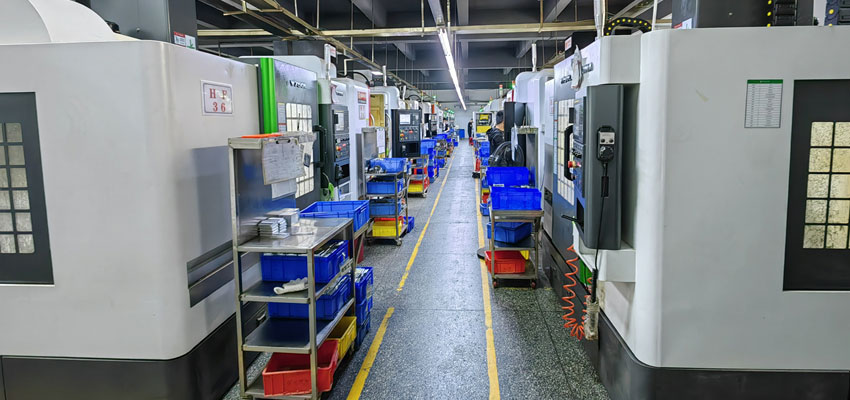
Traditional Machining:
1. Versatility and General Applications: Traditional machining methods, such as milling and turning, are versatile and can handle a wide range of part sizes and shapes. Suitable for both small and large parts, with applications in various industries.
2. Tool Setup and Changes: Tool changes may require stopping the machining process, leading to increased downtime compared to Swiss machining. Tool setup may involve manual adjustments and changes.
3. Material Handling: Batch Processing: Traditional machining is often used for batch processing, where multiple parts are machined in a single setup.
4. Material Handling: Material handling may involve more manual interventions compared to the continuous bar feeding in Swiss machining.
5. Complexity of Operations: Sequential Operations: Traditional machining may involve sequential operations, where different machines or setups are used for turning, milling, and other processes.
6. Complexity Handling: While traditional machining can handle complex parts, it may require more setup changes for intricate features.
7. Part Size: Suitable for both small and large parts, depending on the type of machine and method used.
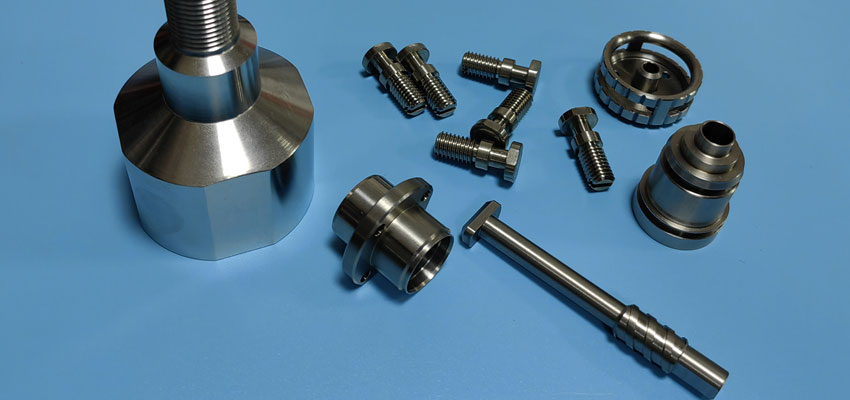
Considerations for Choosing Between Swiss Machining and Traditional Machining:
Part Complexity: For small, intricate parts with tight tolerances, Swiss machining may be more suitable. Traditional machining is versatile and can handle a broader range of part complexities.
A. Material and Volume: Swiss machining is often preferred for high-volume production of small parts. Traditional machining is suitable for both low and high-volume production, especially for larger parts.
B. Setup Time and Efficiency: Swiss machining excels in terms of setup time and efficiency for continuous production. Traditional machining may involve longer setup times and more manual interventions.
C. Tool Changes: Swiss machining allows for simultaneous use of multiple tools, reducing the need for frequent tool changes. Traditional machining may require more tool changes and adjustments.
In summary, the choice between Swiss machining and traditional machining depends on factors such as part size, complexity, volume, and the specific requirements of the application. Each approach has its strengths, and the decision should be based on the unique characteristics of the project at hand.
Swiss precision machining offers several advantages, particularly in the production of small, complex, and high-precision parts. Here are some key advantages of Swiss precision machining:
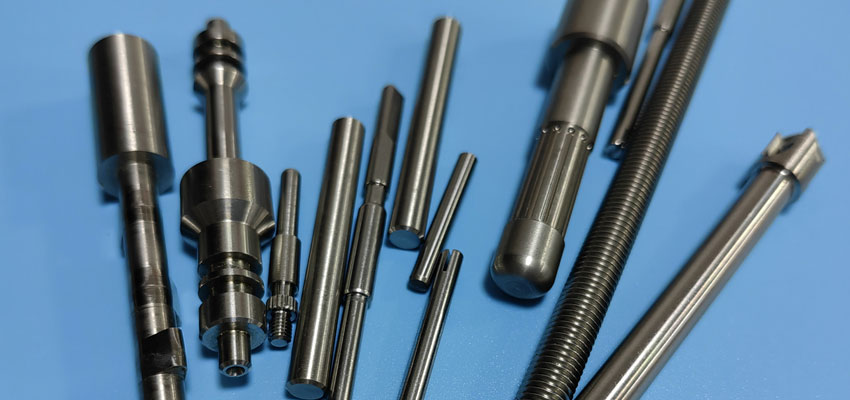
1. High Precision and Accuracy:
At the heart of Swiss Precision Machining lies an unwavering commitment to high precision and accuracy. The simultaneous machining capabilities, achieved through a sliding headstock and guide bushing, ensure that each component is crafted with meticulous attention to detail. Tight tolerances become a hallmark, making Swiss Precision Machining the preferred choice for industries demanding the utmost accuracy, such as medical devices and aerospace.
2. Increased Efficiency and Productivity:
Swiss Precision Machining goes beyond precision; it redefines efficiency and productivity. The simultaneous operation allows for the seamless and rapid production of intricate components. With reduced setup times and minimal tool changes, Falcon CNC Swiss ensures that your projects move swiftly from conception to completion, elevating overall efficiency and enhancing productivity.
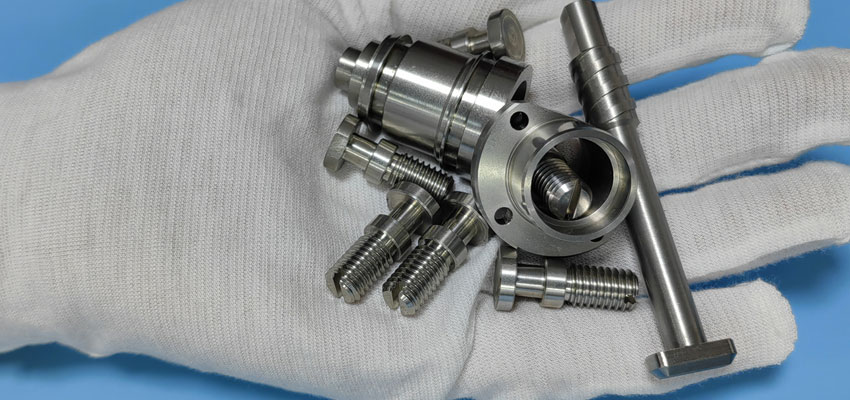
3. Cost-Effectiveness of Swiss CNC Machining:
Precision need not come at a premium cost. Swiss Precision Machining, offered by Falcon CNC Swiss, is inherently cost-effective. The streamlined processes, reduced material waste, and efficient production cycles contribute to a cost-effective solution for your manufacturing needs. The precision achieved in every component ensures that quality is not compromised, making it a sound investment for projects of any scale.
In summary, Swiss precision machining offers a combination of high precision, efficiency, and versatility, making it a preferred method for industries that require the production of small, intricate, and high-accuracy parts. The advantages contribute to reduced production costs, improved quality, and faster time-to-market for many applications.
A. Use of Swiss CNC Machining in the Medical Industry:
1. Surgical Instruments: Swiss CNC machining is extensively used in the production of high-precision surgical instruments, including scalpels, forceps, and scissors.
2. Dental Implants: The technology is employed in the manufacturing of intricate dental implants and components used in various dental applications.
3. Orthopedic Devices: Swiss machined parts play a crucial role in the production of orthopedic devices such as bone screws, plates, and joint implants.
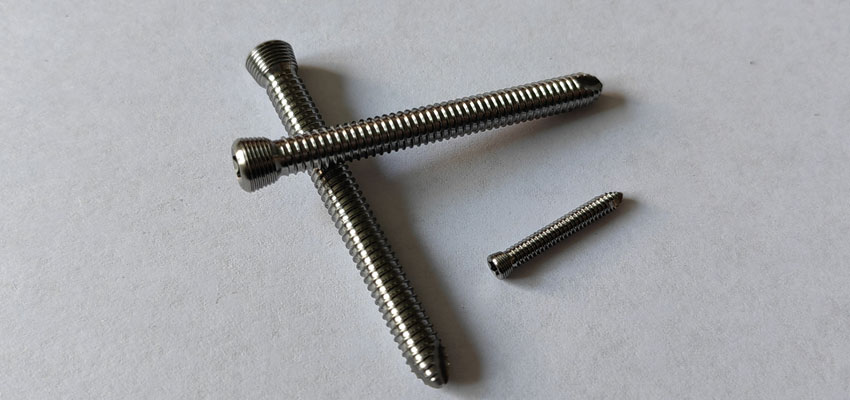
B. Role of Swiss CNC Machining in the Aerospace Industry:
1. Aircraft Components: Swiss CNC machining is utilized in the production of critical aerospace components, including connectors, fittings, and fasteners.
2. Avionics Parts: High-precision parts for avionics systems, such as sensor housings, connectors, and electronic components, are manufactured using Swiss machining.
3. Lightweight Structures: Swiss machining is suitable for producing lightweight and complex structures for aerospace applications, contributing to fuel efficiency.
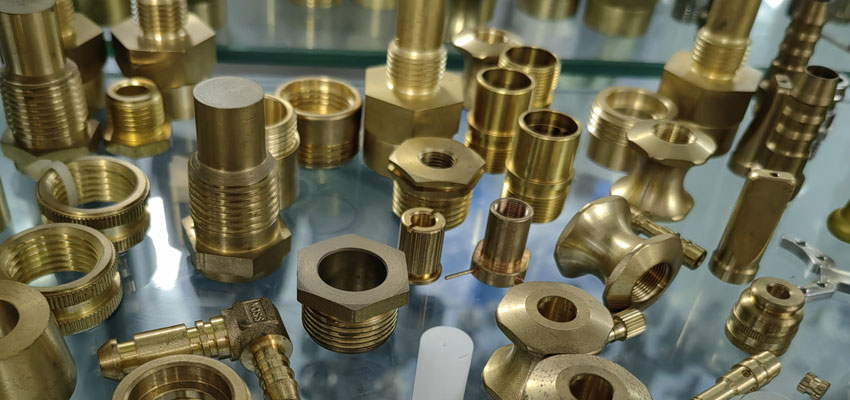
C. Other Industries where Swiss CNC Machining is Applied:
1. Electronics Industry: Production of miniature components for electronic devices, including connectors, sockets, and sensor housings. Swiss machined parts are critical for the miniaturization and precision required in electronic applications.
2. Automotive Industry: Manufacturing of small, high-precision automotive components, such as fuel injectors, connectors, and sensor components. Swiss machining is used for producing intricate parts that contribute to the overall performance and reliability of vehicles.
3. Watchmaking and Jewelry: Swiss CNC machining has its origins in watchmaking, and it continues to play a vital role in the production of intricate watch components. Parts for high-end jewelry, where precision and fine details are essential, are often produced using Swiss machining.
4. Consumer Electronics: Production of components for smartphones, tablets, and other consumer electronic devices. Swiss machining is employed for creating precise and complex parts that contribute to the functionality and aesthetics of consumer electronics.
5. Optical Industry: Manufacturing of precision optical components, including lenses, prisms, and mirrors. Swiss machined parts are crucial for achieving the high optical quality required in various optical instruments.
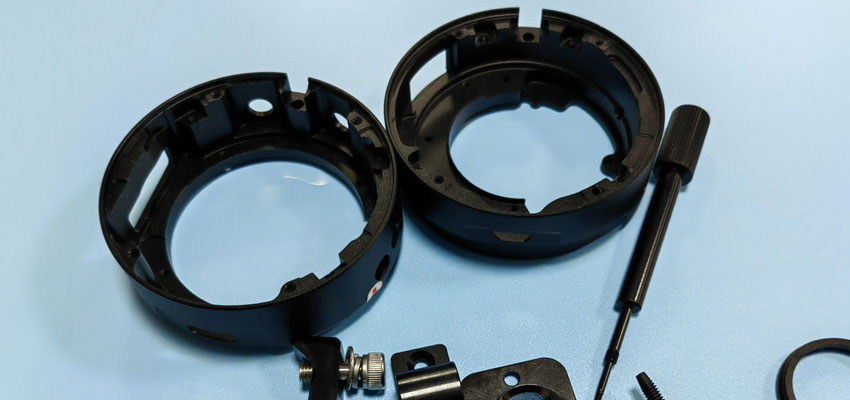
The versatility and precision of Swiss CNC machining make it a valuable technology in industries that demand intricate and high-tolerance parts. Its ability to handle a variety of materials and produce small parts efficiently positions it as a crucial manufacturing process in modern industrial applications.
Welcome to Falcon CNC Swiss, where precision meets innovation in the realm of Swiss CNC machining. As you embark on your machining journey, we present you with invaluable insights on optimizing your designs for optimal results. Explore our "5 Design Tips for Swiss CNC Machining" to ensure a seamless and efficient manufacturing process.
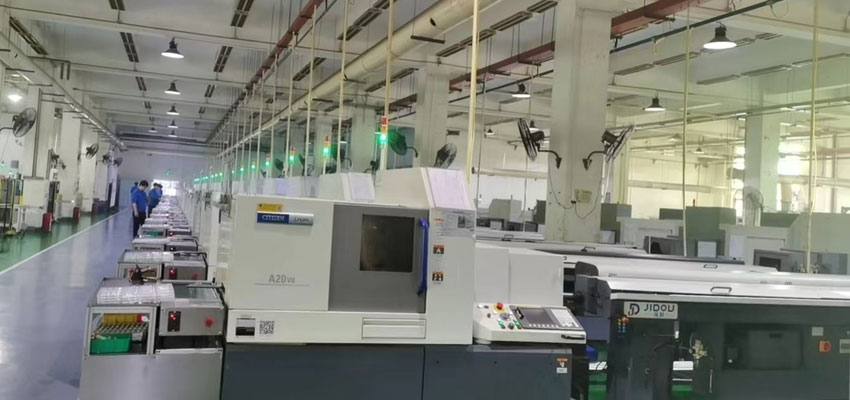
1. Precision in Clarity:
Begin with accuracy and clarity in your drawings. Ensuring legible and precise drawings is paramount to enable our operators to swiftly comprehend and machine your components. Include comprehensive information such as dimensions, tolerances, and material and finish specifications for a streamlined machining process.
2. Standard-Sized Holes for Efficiency:
Optimize efficiency by incorporating standard-sized holes in your designs. Extremely small or deep holes can complicate machining, leading to increased costs. Utilizing standard-sized holes whenever possible ensures a smoother and more cost-effective machining process.
3. Smooth Corners, Smooth Process:
Eliminate challenges by avoiding sharp corners in your designs. Whether on a traditional CNC lathe or a Swiss machine, rounded corners are preferable. This design approach minimizes difficulties associated with round drill bits and alleviates the need for expensive methods like electrical discharge machining. Maintain a suitable corner radius to prevent chatter and premature tool wear.
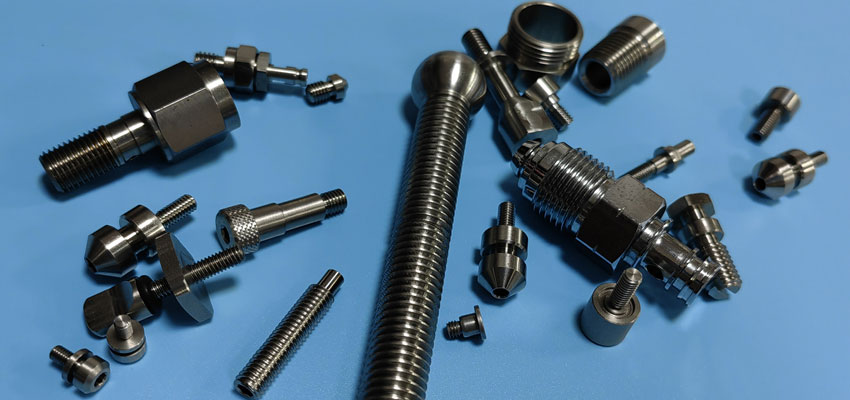
4. Tight Tolerances Where Necessary:
Strategic use of tolerances is key to cost-effective machining. Assign tight tolerances only where they are essential, as unnecessarily strict tolerances can drive up machining time and overall part costs. Thoughtful tolerance application ensures precision where it matters most.
5. Mindful Wall Thickness:
Prioritize wall thickness in your designs. While Swiss machines can handle thinner walls, it is advisable to avoid designing parts with excessively thin walls. Thinner walls can lead to challenges such as chatter, resulting in less accurate parts with reduced surface quality. In plastic parts, thin walls may contribute to issues like warping and softening.
At Falcon CNC Swiss, we empower you to achieve the pinnacle of precision in Swiss CNC machining. Implement these design tips to elevate your projects and ensure a seamless collaboration with our cutting-edge machining services. For personalized guidance or inquiries about our services, don't hesitate to reach out to our expert team.